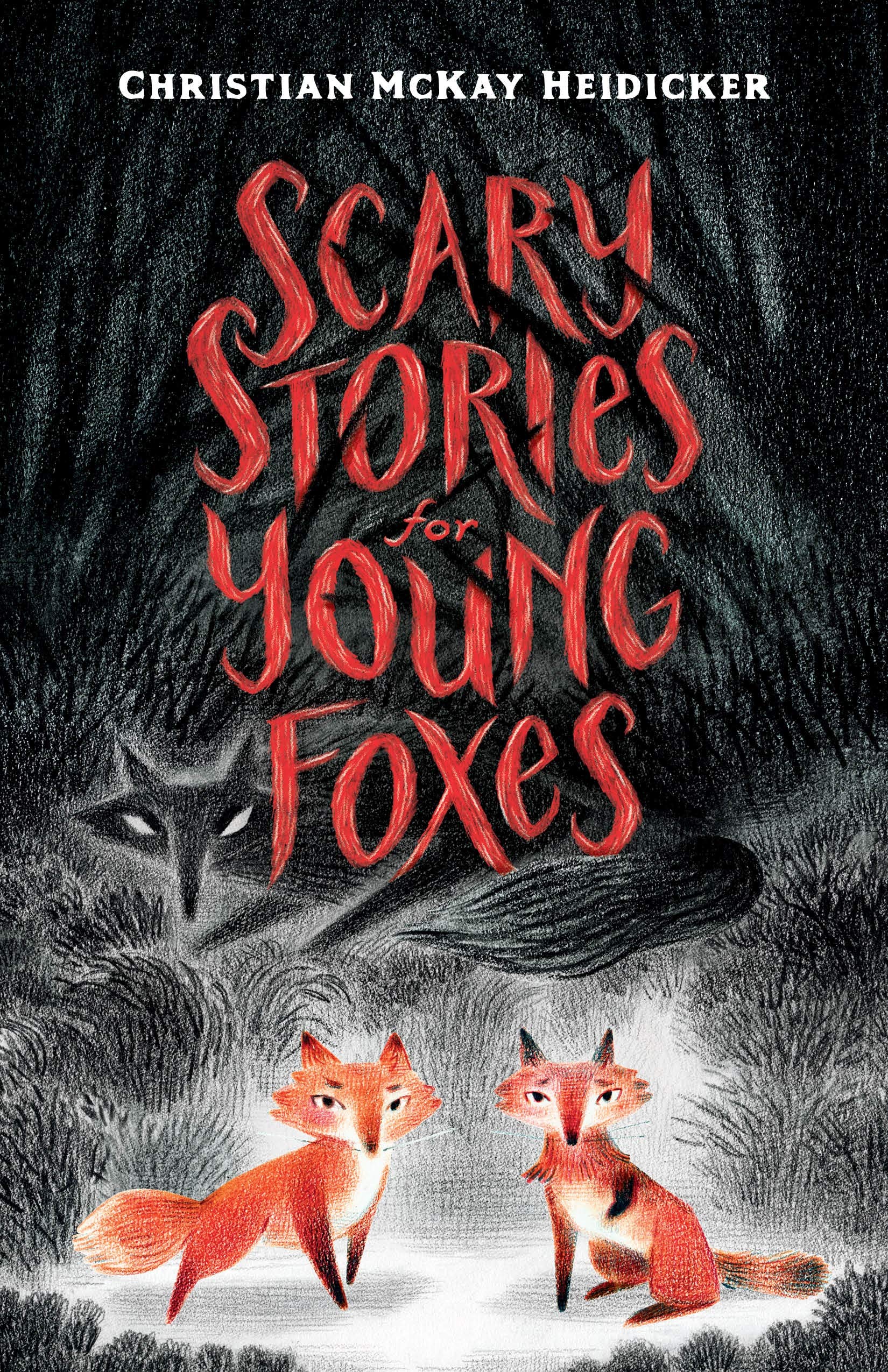Silly and Creepy Stories to Welcome the Fall
by Crystal Hicks, Collections Librarian
 It’s no secret that I’m impatient for fall to come—I started baking with pumpkin spice weeks ago, and I’ve been eyeing any trees I pass for hope of changing colors and falling leaves. Fall brings with it many great things, including that creepiest, most sinister of holidays: Halloween. We’re finally passing summer and entering autumn, when it’s time for the ghoulish, ghastly, and even more-silly-than-scary books. For those who eagerly wait all year to break out the cobwebs and jack-o-lanterns, for those who prefer monsters and ghosts, for those kids who can’t wait to dress up and come home loaded with candy, here’s a book list for you.
It’s no secret that I’m impatient for fall to come—I started baking with pumpkin spice weeks ago, and I’ve been eyeing any trees I pass for hope of changing colors and falling leaves. Fall brings with it many great things, including that creepiest, most sinister of holidays: Halloween. We’re finally passing summer and entering autumn, when it’s time for the ghoulish, ghastly, and even more-silly-than-scary books. For those who eagerly wait all year to break out the cobwebs and jack-o-lanterns, for those who prefer monsters and ghosts, for those kids who can’t wait to dress up and come home loaded with candy, here’s a book list for you.
For the youngest of Halloween aficionados, we have plenty of picture books to amuse and delight. “Zombies Don’t Eat Veggies!,” by Megan and Jorge Lacera, features a zombie boy who prefers vegetables over brains, horrifying his parents. Revisit the catchy theme song for “The Addams Family” (and get it stuck in your head before seeing the movie next month) with a new picture book set to the lyrics, illustrated by Lissy Marlin. Learn all about skulls, which are “like a car seat for your brain,” in Blair Thornburgh and Scott Campbell’s “Skulls!,” which gleefully covers all the reasons why we should love skulls instead of fearing them. And just in case the weather turns cold and wintry in time for Halloween, curl up with “Snowmen at Halloween” by Caralyn and Mark Buehner for an idea of what snowmen might get up to on Halloween.
Children’s fiction has its fair share of not-so-scary, monster- and ghost-inspired books, too. “Jaclyn Hyde,” by Annabeth Bondor-Stone and Connor White, is a fun take on “The Strange Case of Dr. Jekyll and Mr. Hyde,” about a perfectionist who takes a “Perfect Potion” with unexpected consequences. In Katherine Sparrow’s “Little Apocalypse,” an earthquake brings with it monsters only visible to children, combining apocalypse stories, the supernatural, and fairy tales. “Archimancy,” first in the Shadow School series by J.A. White, follows Cordelia Liu as she starts attending the ominously-named Shadow School and discovers that the school is filled with ghosts.
More traditional, slightly scarier children’s fiction also abounds, both in short stories and longer books. For short stories, try Josh Allen’s “Out to Get You,” which is filled with thirteen short stories of normal kids encountering strange and alarming situations where they least expect them, like settling down on the couch. “Scary Stories for Young Foxes,” by Christian McKay Heidicker, contains seven shorter tales held together by a frame story of seven fox kits desperate to hear stories so frightening their tails will go white. Kathryn Siebel weaves a more traditional ghost story in “The Haunting of Henry Davis,” a tale of séances and Ouija boards and a boy being haunted by a ghost named Edgar. In “Guest,” Mary Downing Hahn takes inspiration from Irish folklore, focusing on a girl whose baby brother is switched with a changeling and her quest to get him back.
Teens can look forward to some spine-chilling, supernatural-infused books, too. Those familiar with the legendary Edgar Allan Poe may be interested in “His Hideous Heart,” an anthology reimagining thirteen of his stories for a modern audience. For those wanting to revisit his original stories, thirteen of Poe’s stories and poems are included in the back of the anthology. Comics readers can pick up Terry Blas and Claudia Aguirre’s “Hotel Dare,” a fantasy comic on the tamer side of scary, which follows teens encountering the supernatural at a hotel which is actually a portal to other worlds. “Joe Quinn’s Poltergeist,” a short story written by David Almond and illustrated by Dave McKean, bridges the gap between fiction and graphic novel but is hair-raising nonetheless. Joe Quinn’s been telling everyone about his poltergeist, and narrator Davie finds himself drawn in despite himself and his initial disbelief in ghosts. Almond’s eerie storytelling is heightened by McKean’s art, which twists reality to unsettle the reader and convey Davie’s confusion, angst, and fear.
Beyond books, we’ve plenty of Halloween goodness in store for October. Kids and families can join us for Trunk-or-Treat at the Library on October 27 at 6:30 PM, and preschoolers can enjoy a monstrously fun time at our Monster Mash Dance Party on October 31 at 11 AM. If those all seem too far away to bear, then go ahead and put on your Halloween costume early, break out the pumpkin juice, and pick up some silly and spooky books to help pass the time.

